
Heat-Treated Glass
Description
Heat-treated glass is a term used to describe the product that results from introducing Annealed architectural glass into a tempering oven at a temperature of approximately 1,150° F, and then subsequently exposing both sides of the glass to high-pressure cooling or “quenching” conditions that serve to induce permanent zones of glass surface compression. As glass undergoes this procedure, its physical properties are altered where there is a significant increase in residual surface compressive strength and overall resistance to shock and thermal stress.
There are two general categories of heat-treated glass – heat-strengthened glass and fully tempered glass, both of which Hartung produces in strict accordance with the requirements and tolerances outlined in ASTM C1048. Heat-strengthened glass is twice as strong as annealed glass. It is better suited to resisting thermal stresses and edge damage and features a breakage pattern that is more likely to be retained within a glazing frame in case that breakage occurs. Fully tempered glass is four times as strong as annealed glass. It too offers superior resistance against thermal stresses and edge damage, but its breakage pattern is more conducive to having glass fall out of a frame when breakage takes place. Because of that and how fully tempered glass breaks into small, relatively harmless pieces, it is classified by building codes as a suitable option where “Safety Glass” is required.
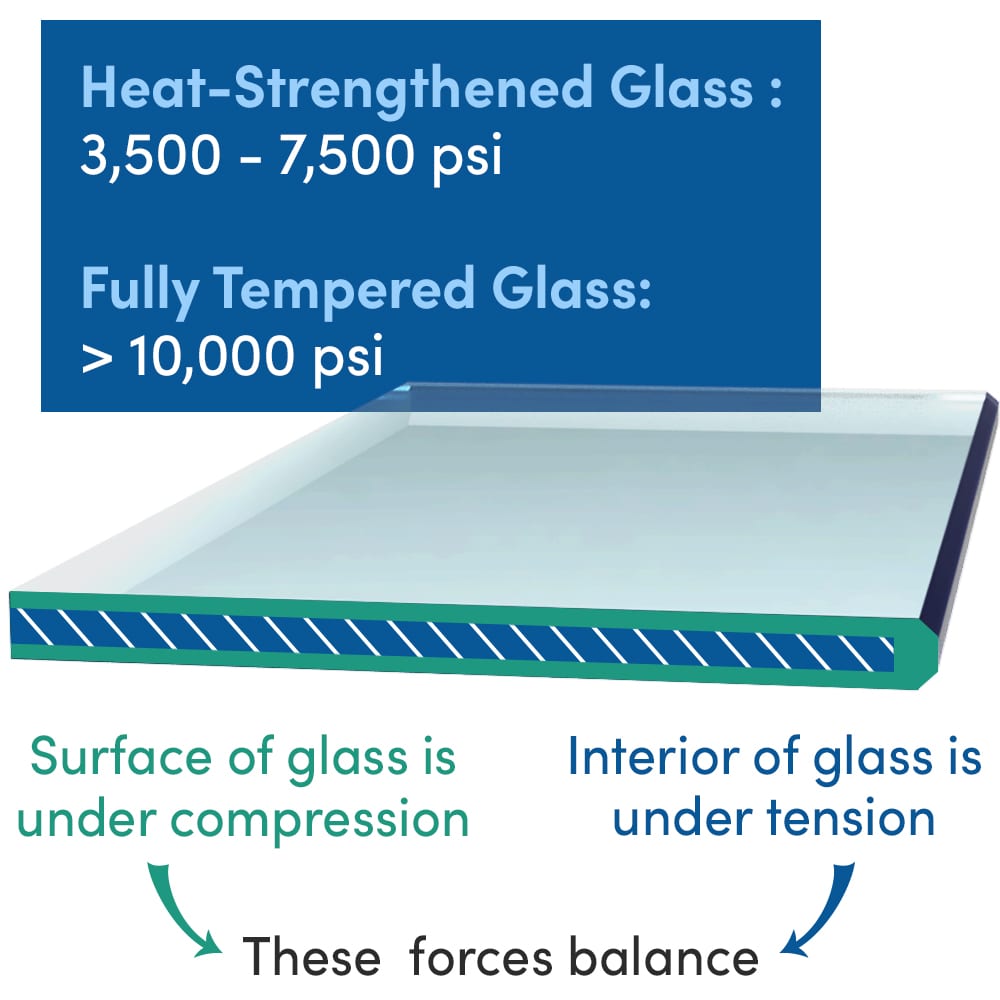
Why Choose Hartung?
Highest Quality Tempering Furnaces
Hartung employs a fleet of world-class tempering furnaces across the enterprise. Our tempering furnaces give us the ability to produce high-quality heat-treated glass products on a consistent basis.Oversize Capabilities
Our facilities and processes are carefully designed to handle the production of oversized heat-treated glass without compromising quality or durability.Flatter Glass
Optical distortion is an inherent feature associated with heat-treated glass. Through Hartung’s commercial glass facilities, optical distortion is more effectively monitored and controlled. With cutting-edge optical distortion measurement equipment being used as a critical part of our quality control inspection process, Hartung is able to consistently put out optically flatter glass.Fast Glass
We have multiple shifts working around the clock to meet your schedule and your project needs. Ask your local Hartung partner about our expedited lead times for monolithic heat-treated glass products.Key Product Features
Meets Building Code Requirements
Using tempered glass can reduce the probability of serious injury in areas where human impact is probable. It can be used in applications where safety glazing is required by code, and it is widely used in shower doors, building entrances, glass railings and balustrades, vision and spandrel areas, and skylights.Improved Resistance Against Thermal Stress
Using heat-strengthened and tempered glass on your project gives you a building product that is more resilient against exposure to temperature extremes and differential shading conditions.Improved Resistance Against Shock
Where greater impact resistance is necessary, consider using heat-strengthened glass products. For any commercial glazing application, Hartung recommends the use of heat-treated glass.Improved Resistance to Loads
Heat treating glass increases its resistance to wind and snow loads. This improved performance can be critical where glass is used in structurally-glazed applications.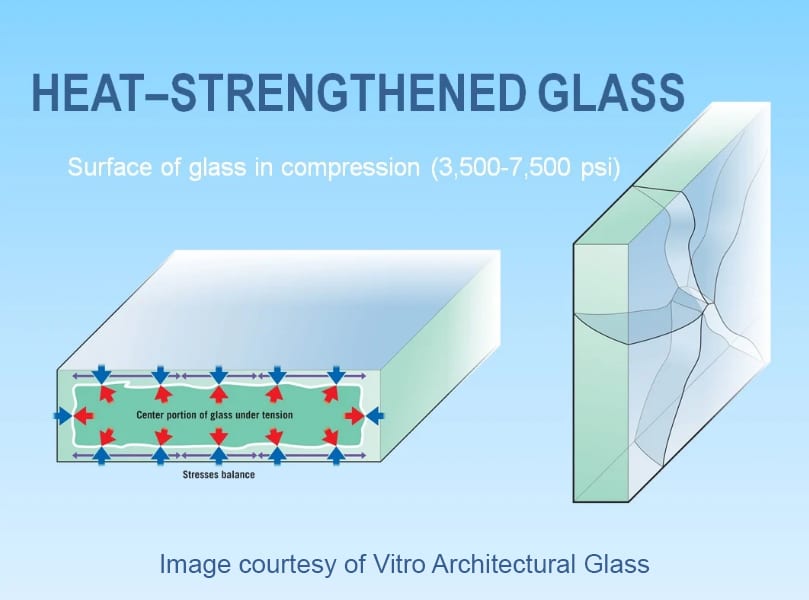
Heat-Treated Glass Gallery
Explore Hartung Products
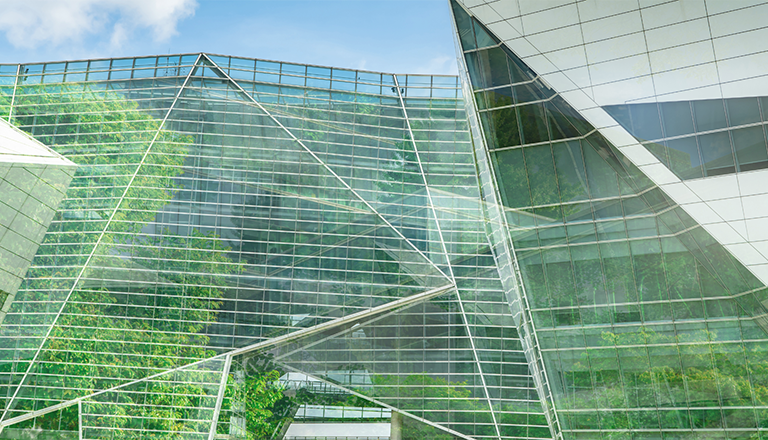
Bird Friendly Glass
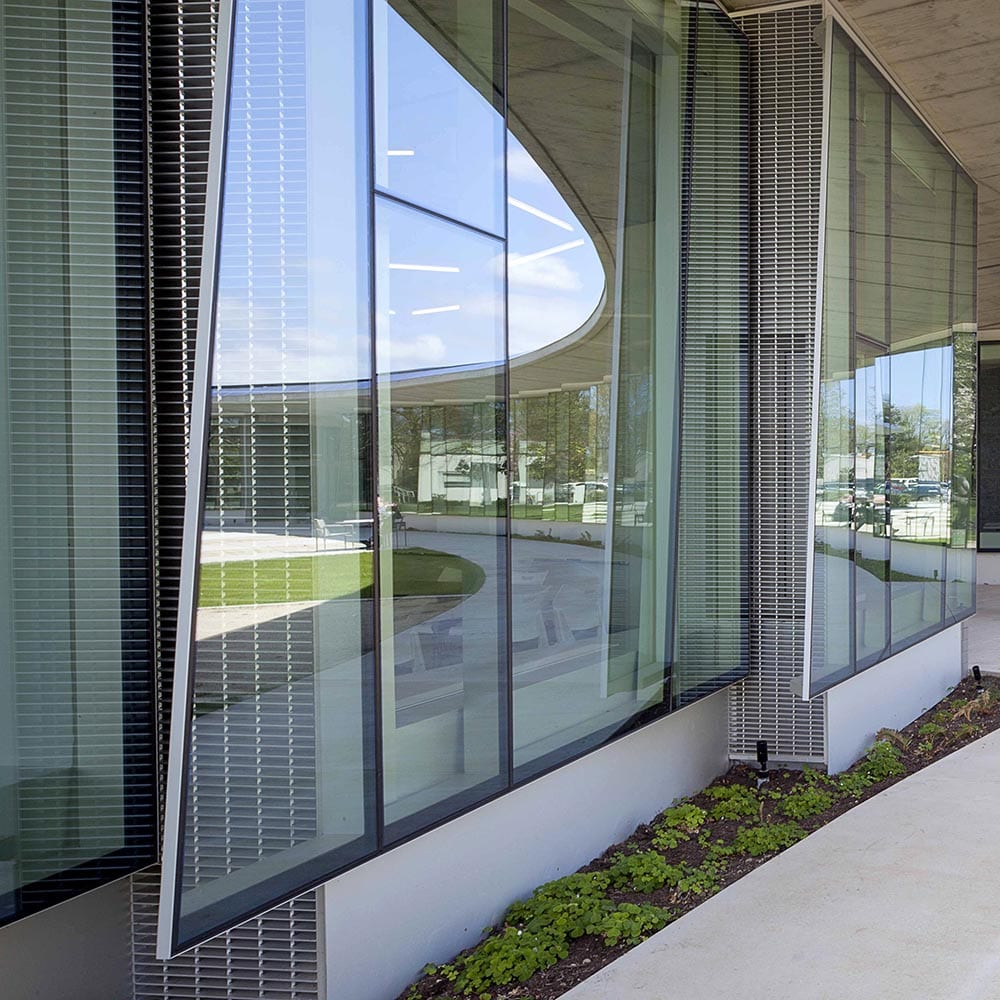
Insulating Glass
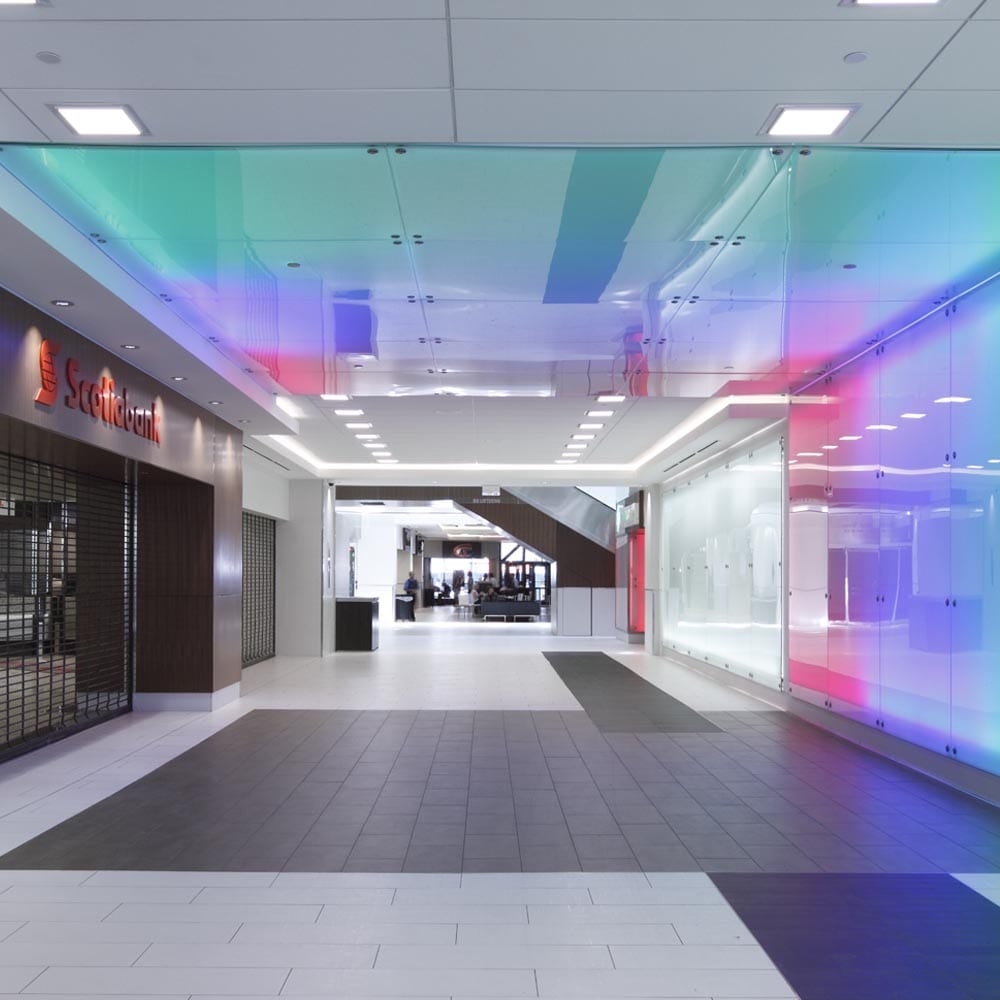
Laminated Glass
Laminated Glass
View Detail
Shower Enclosures
Shower Enclosures
View Detail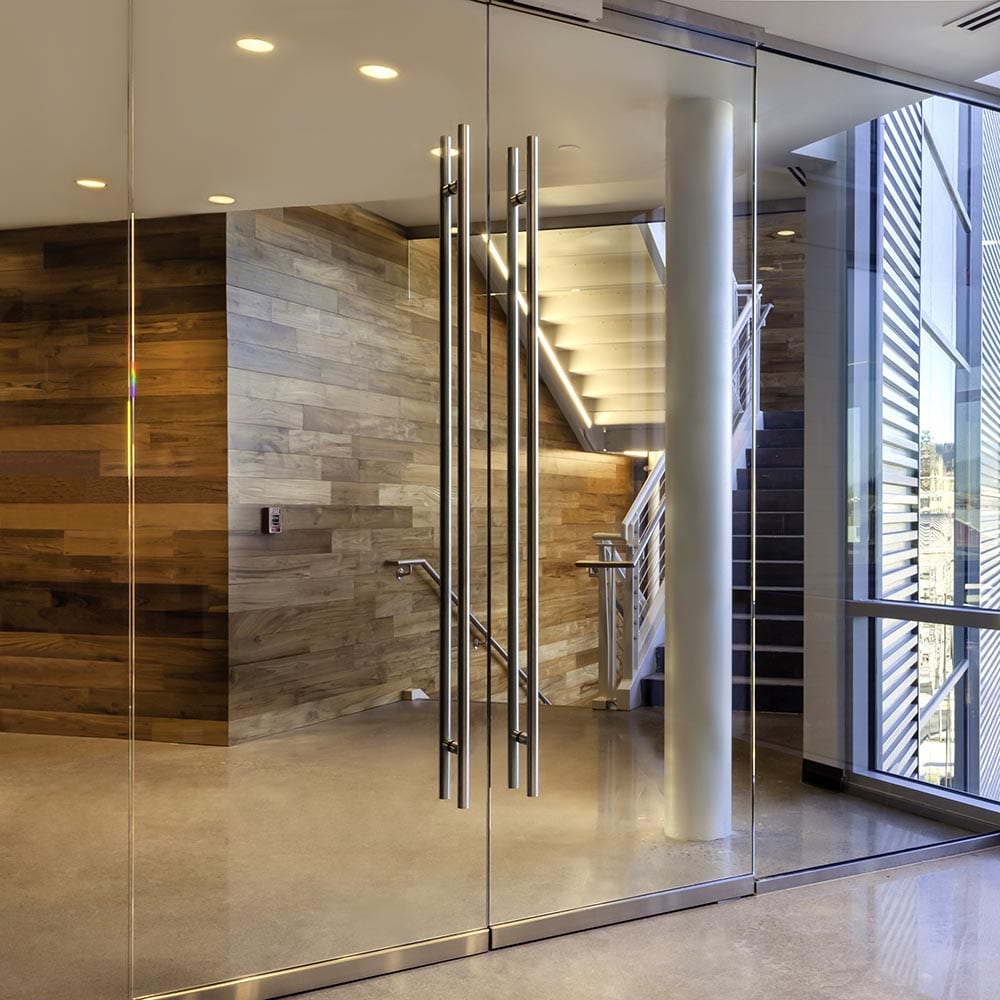
Entrance Systems
Entrance Systems
View Detail
Railings
Railings
View Detail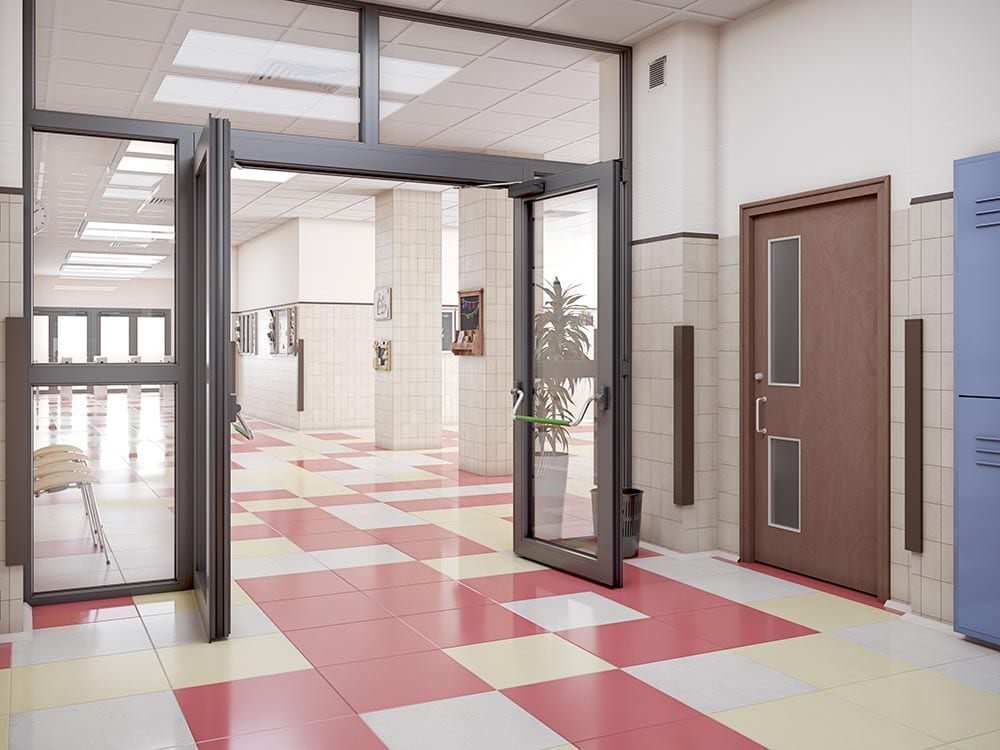
Security Glass
Security Glass
View Detail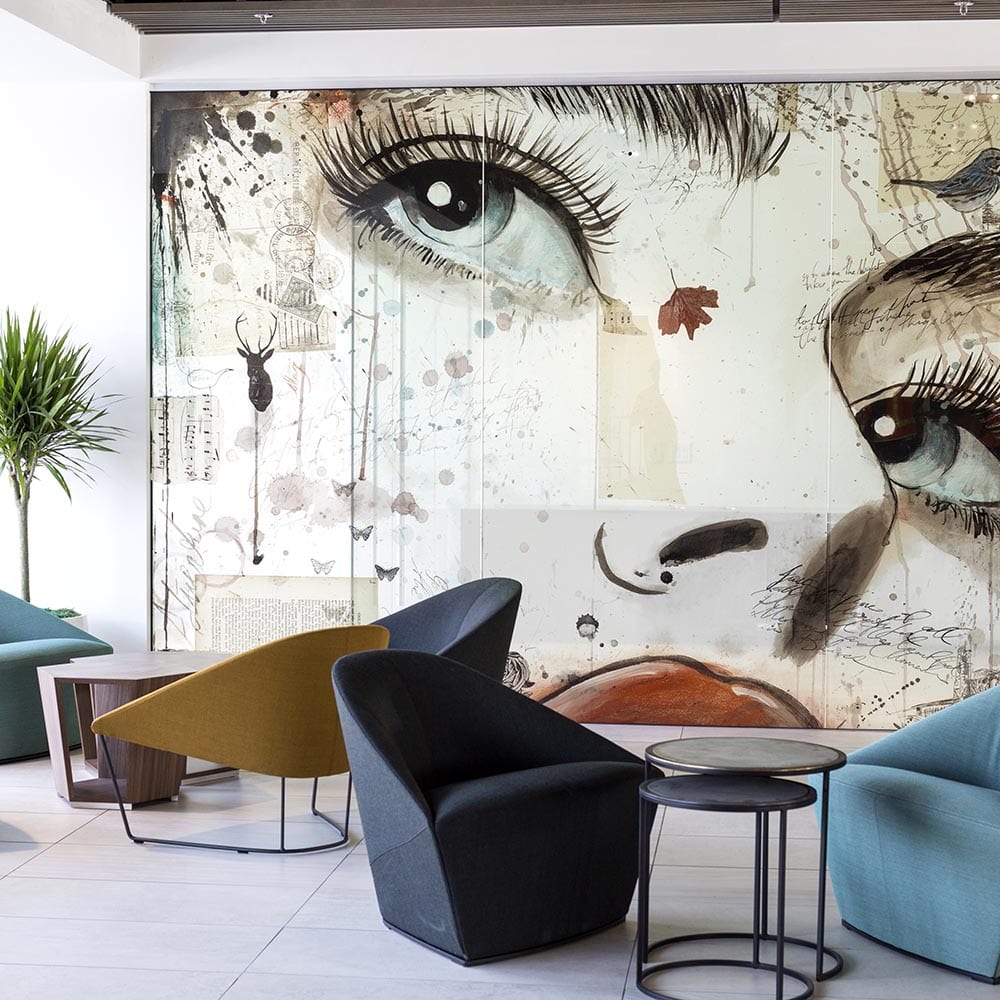
Printed Glass
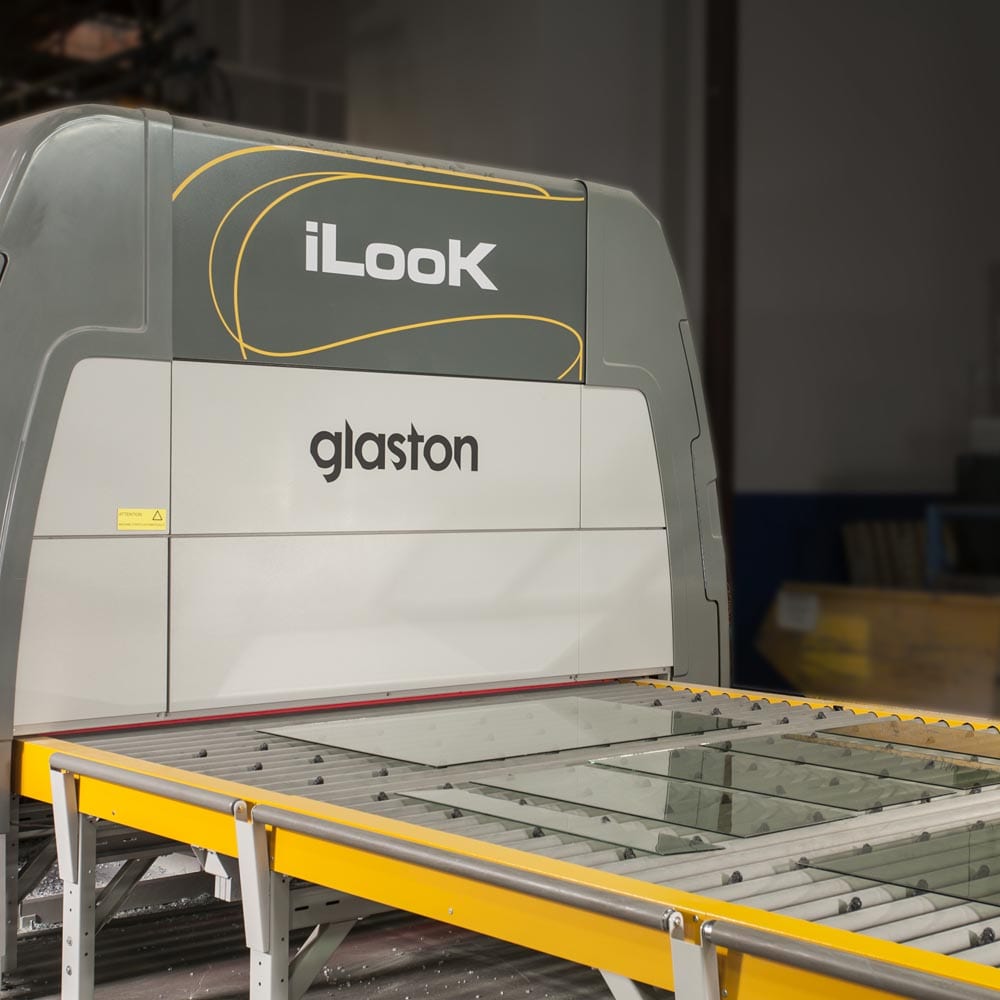
Heat-Treated Glass
Heat Treated Glass
View Detail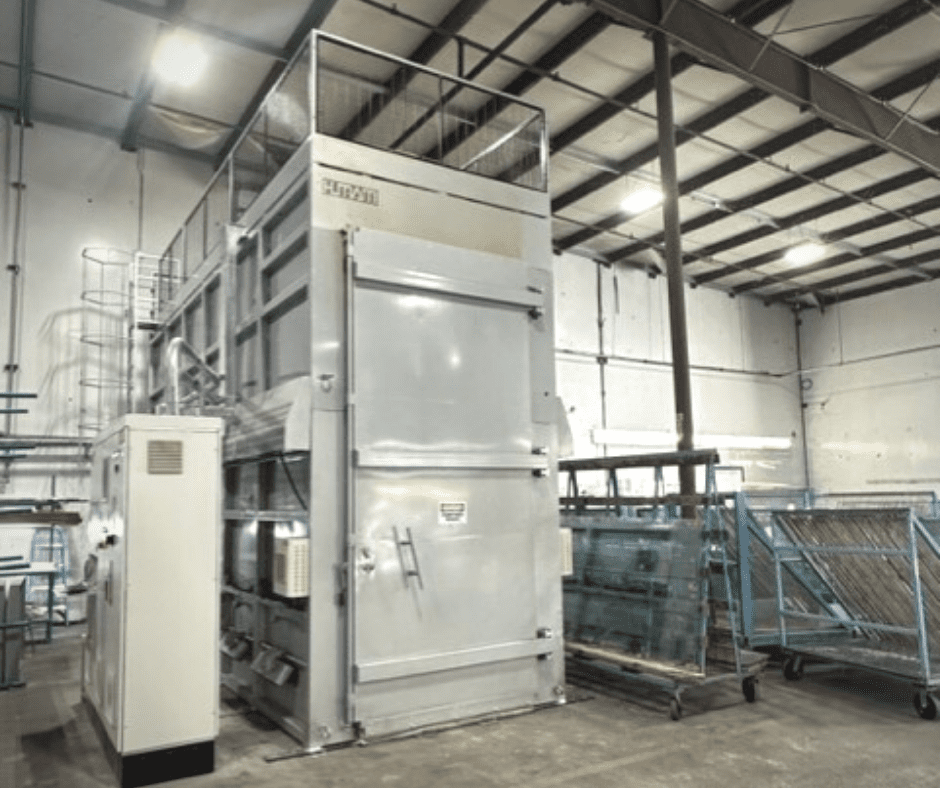
Heat Soaked Glass
Heat Soaked Glass
View Detail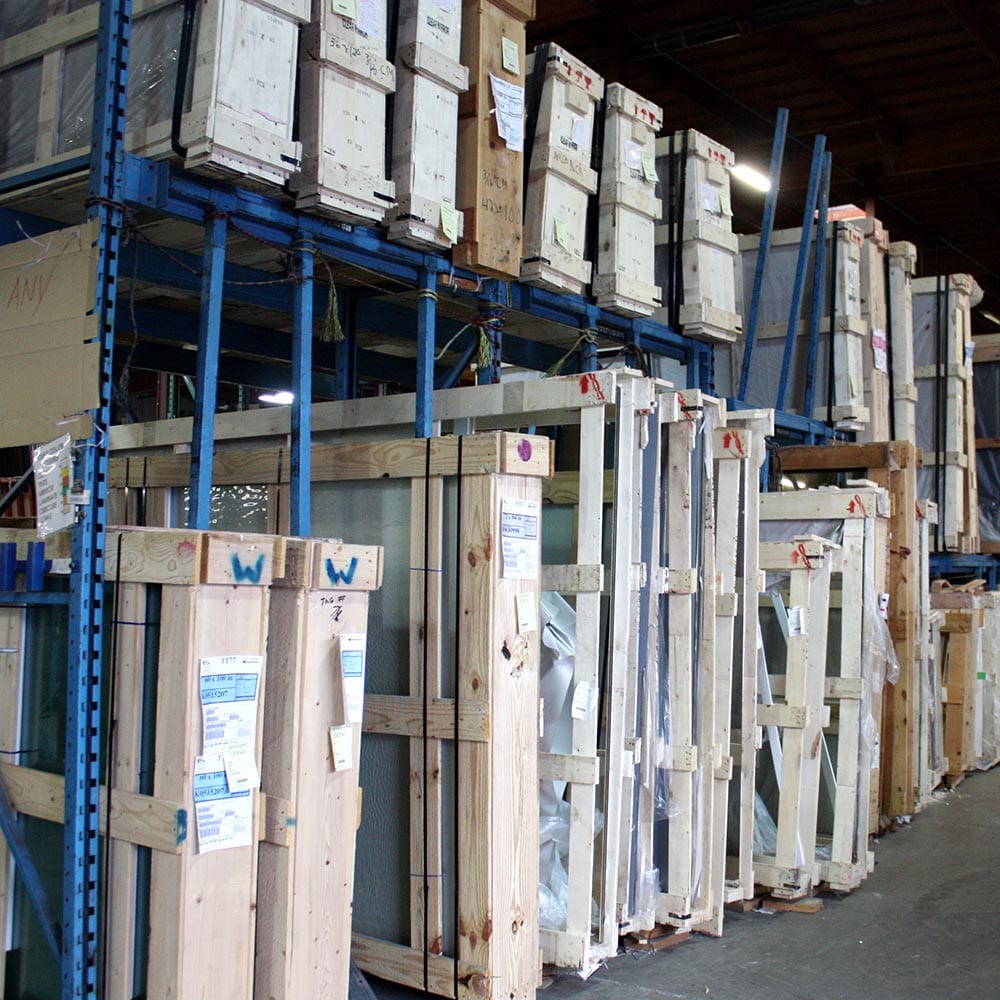
Case & Sheet Distribution

Interior Solutions
Interior Solutions
View Detail

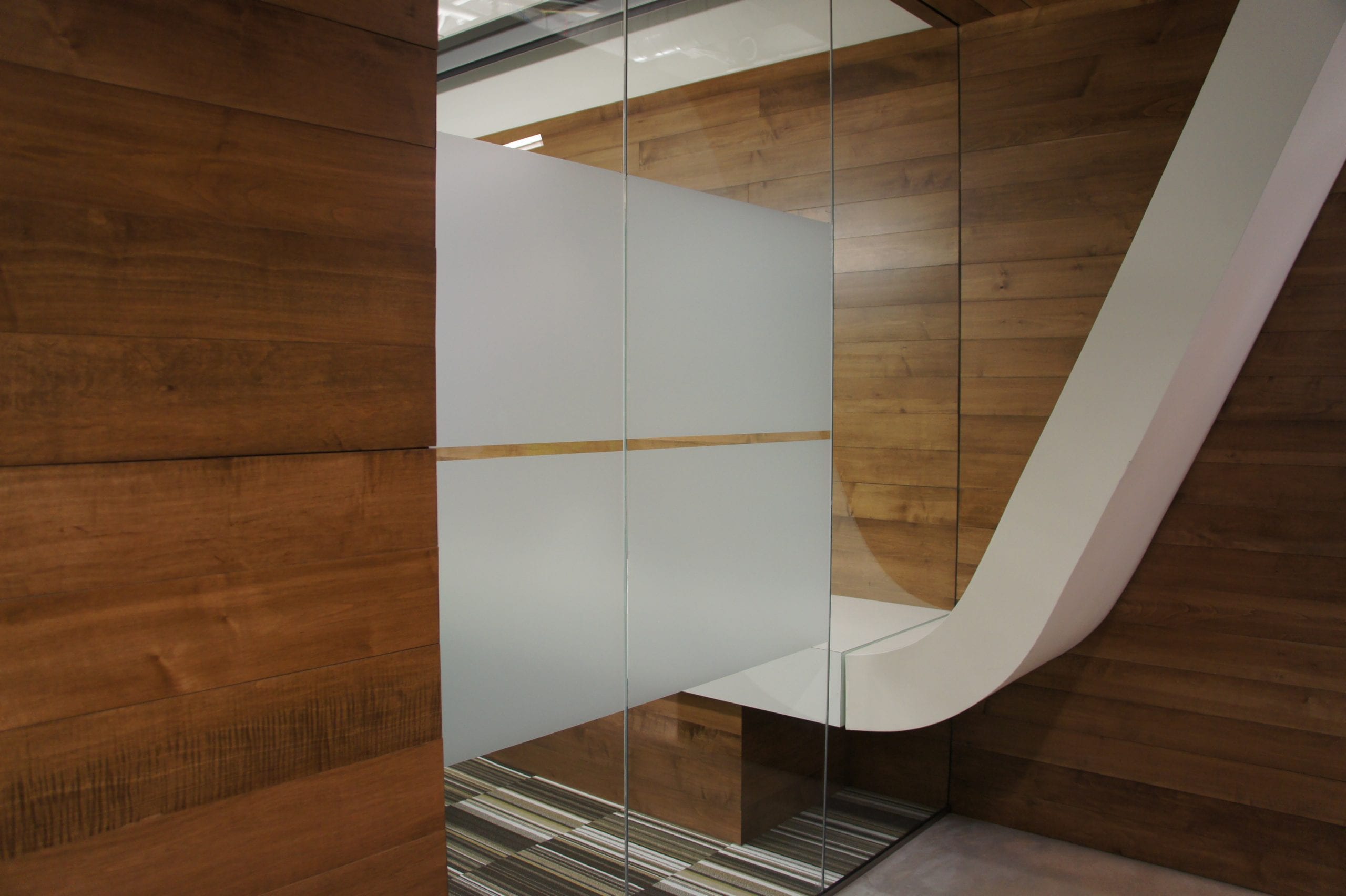
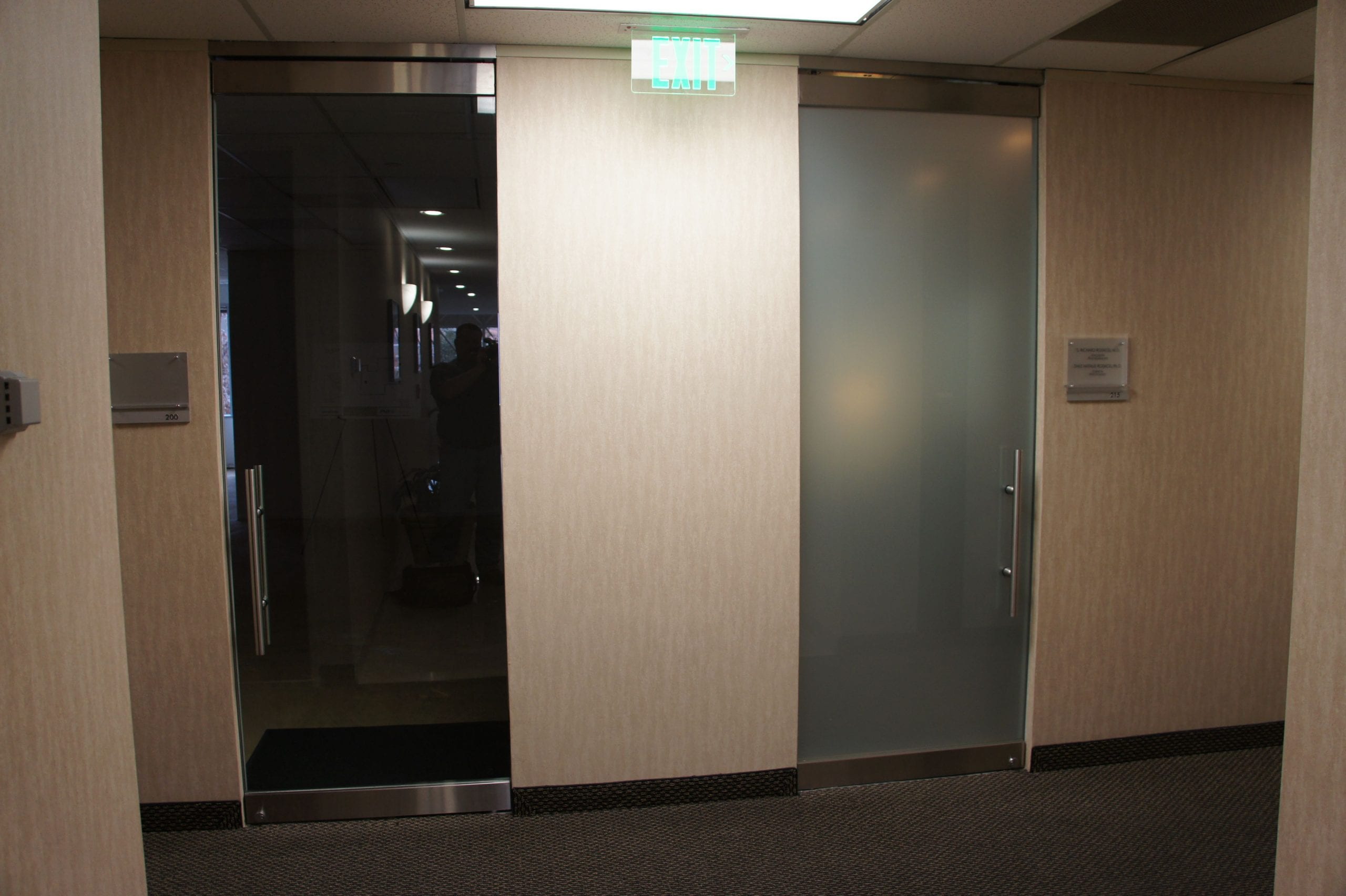
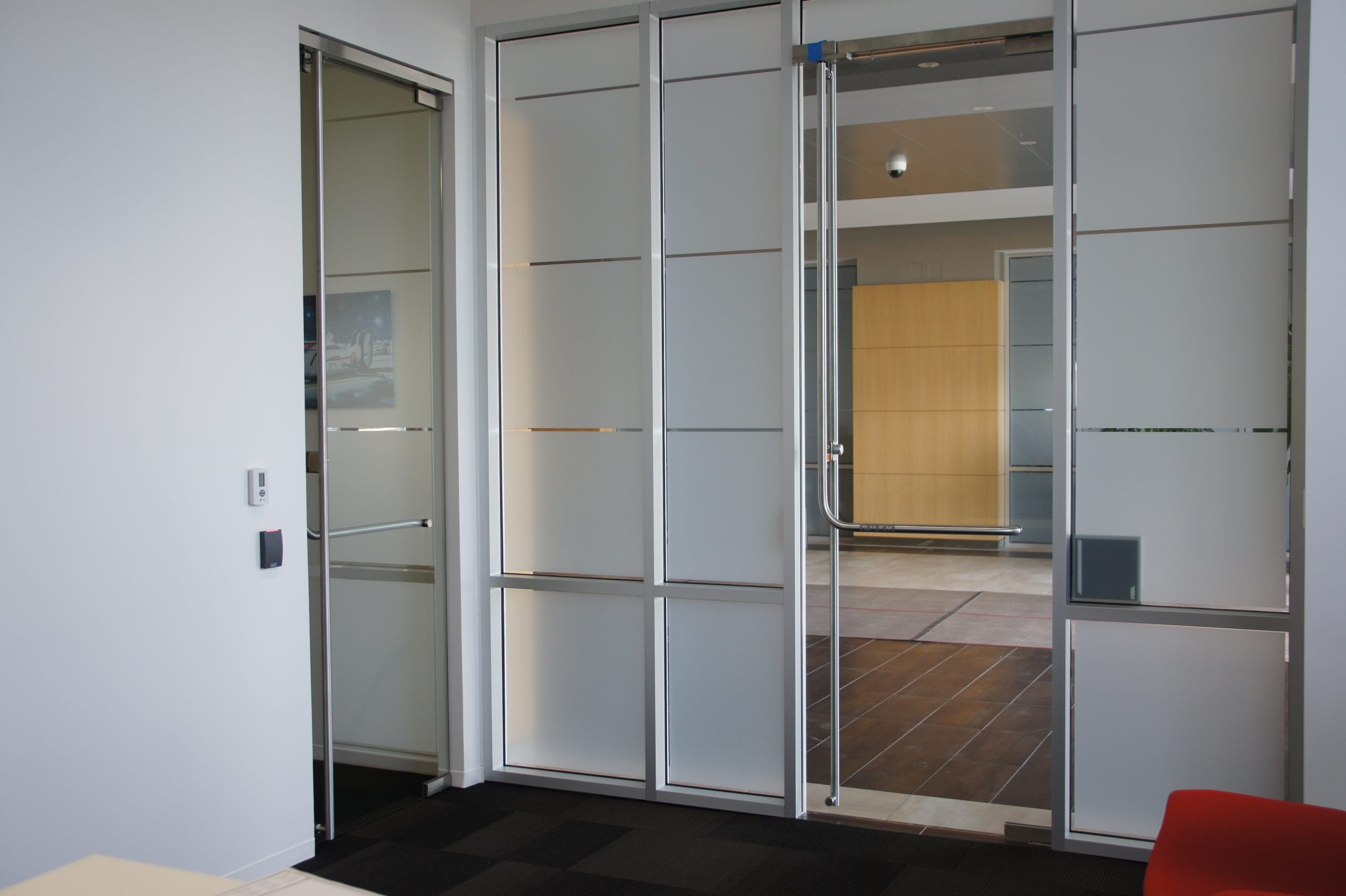
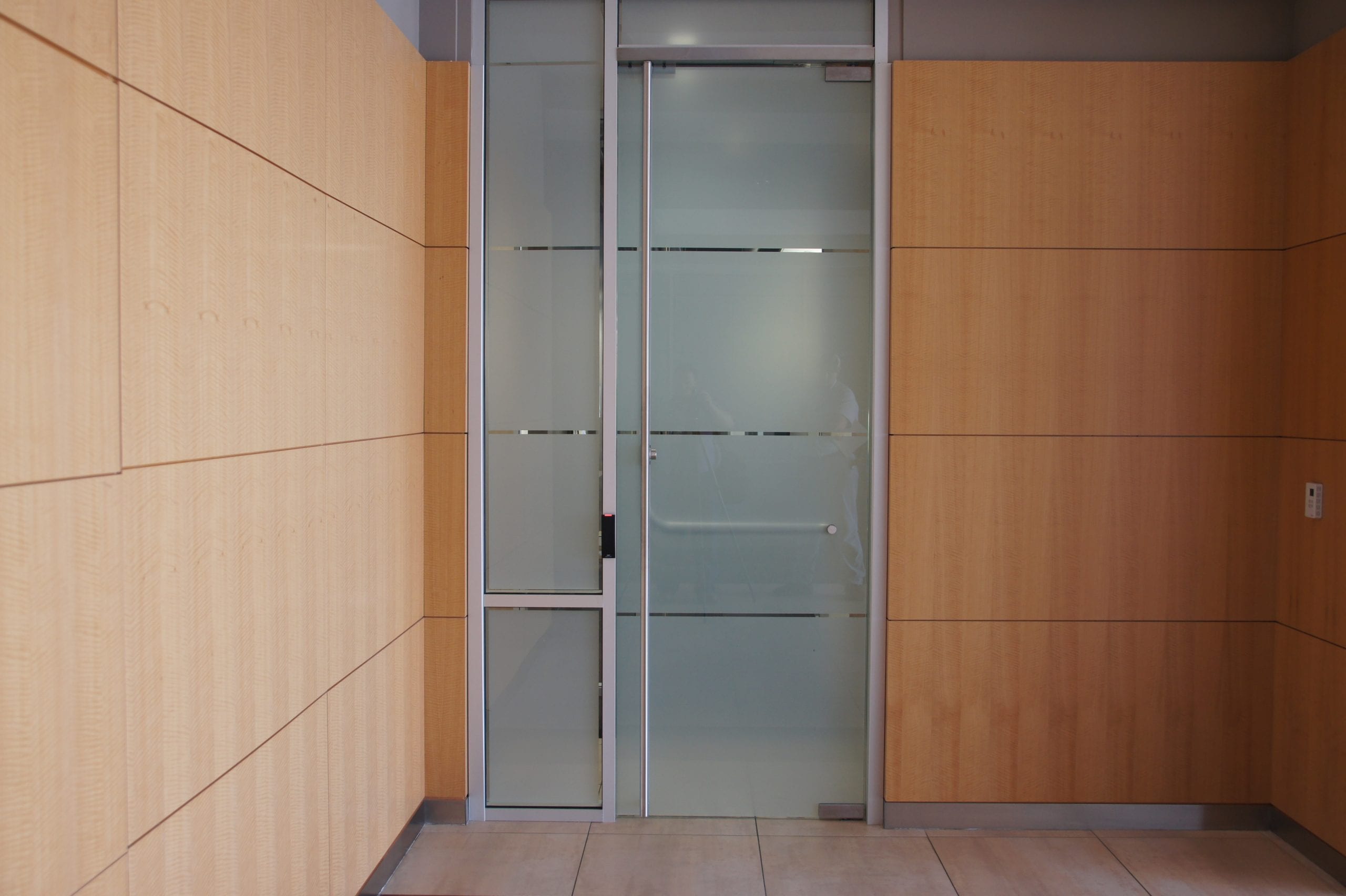
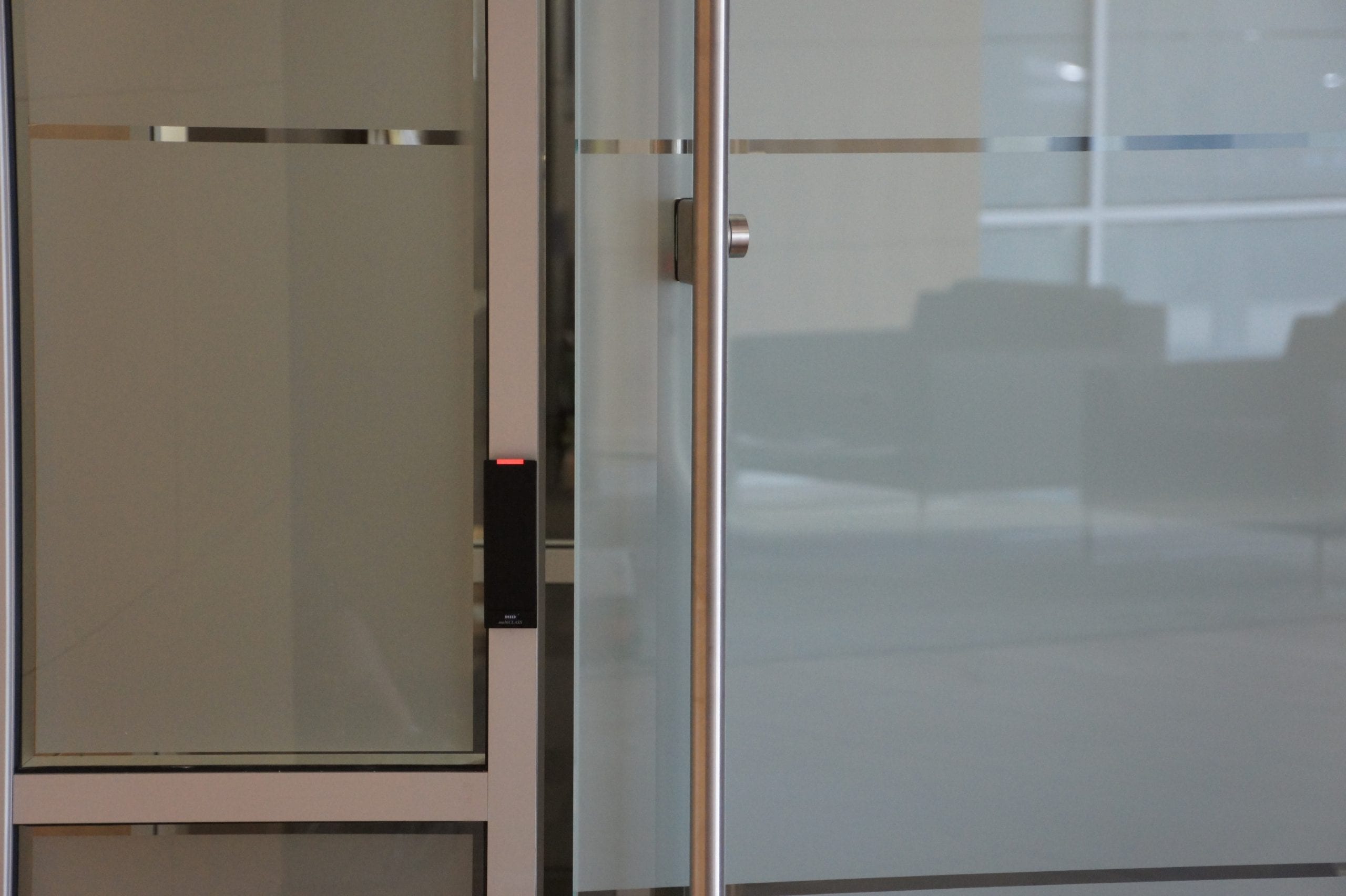
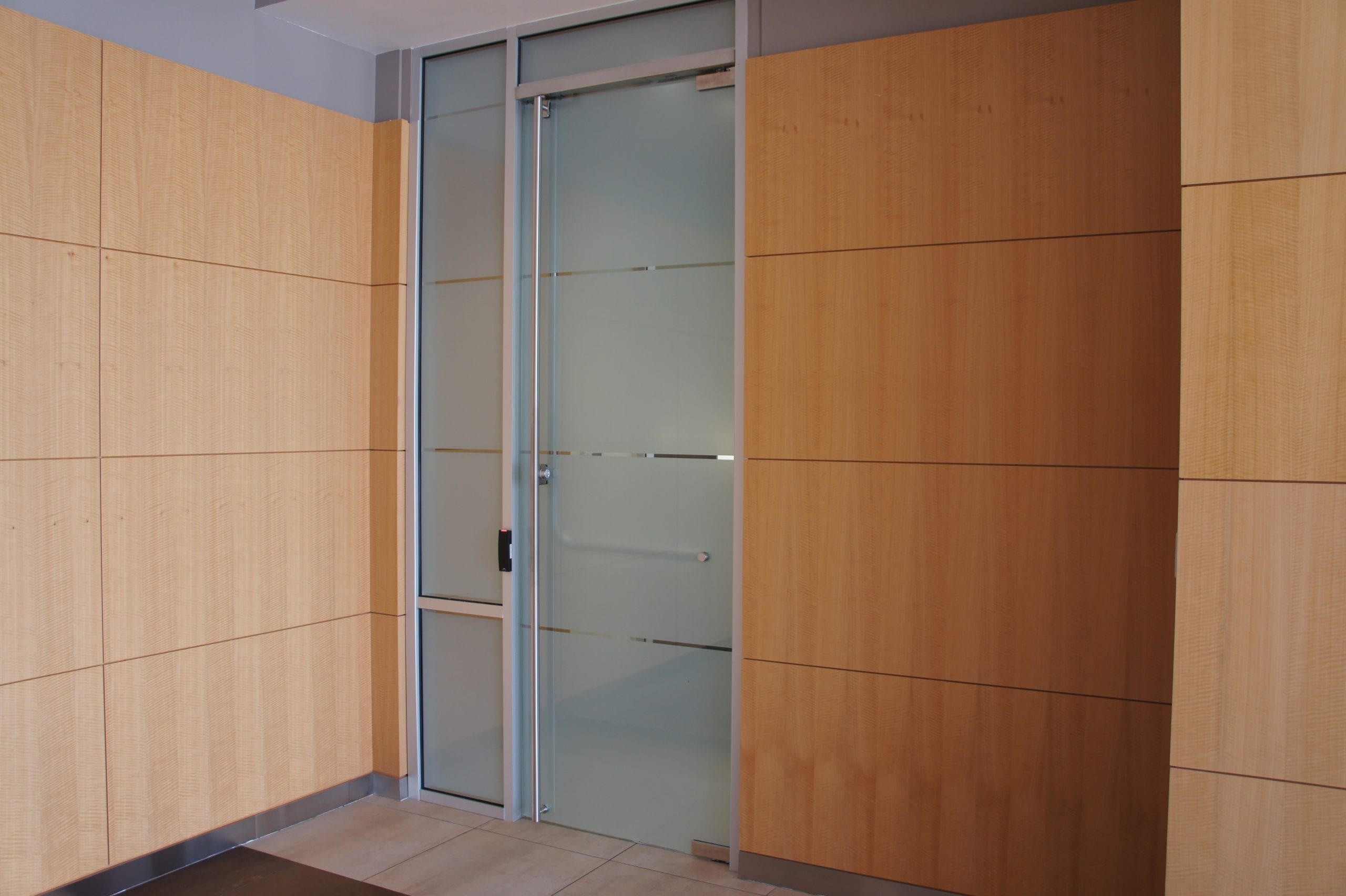
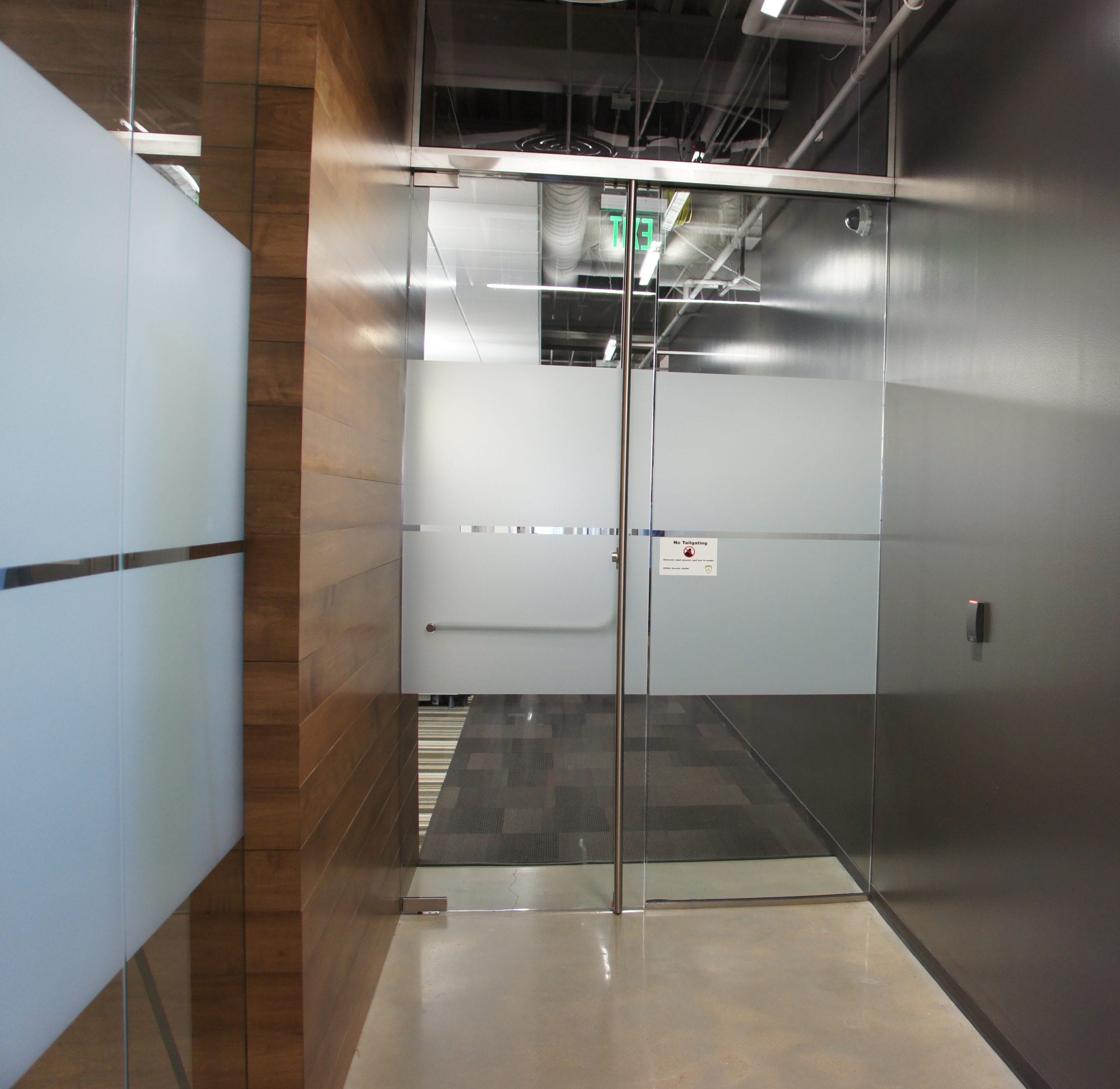
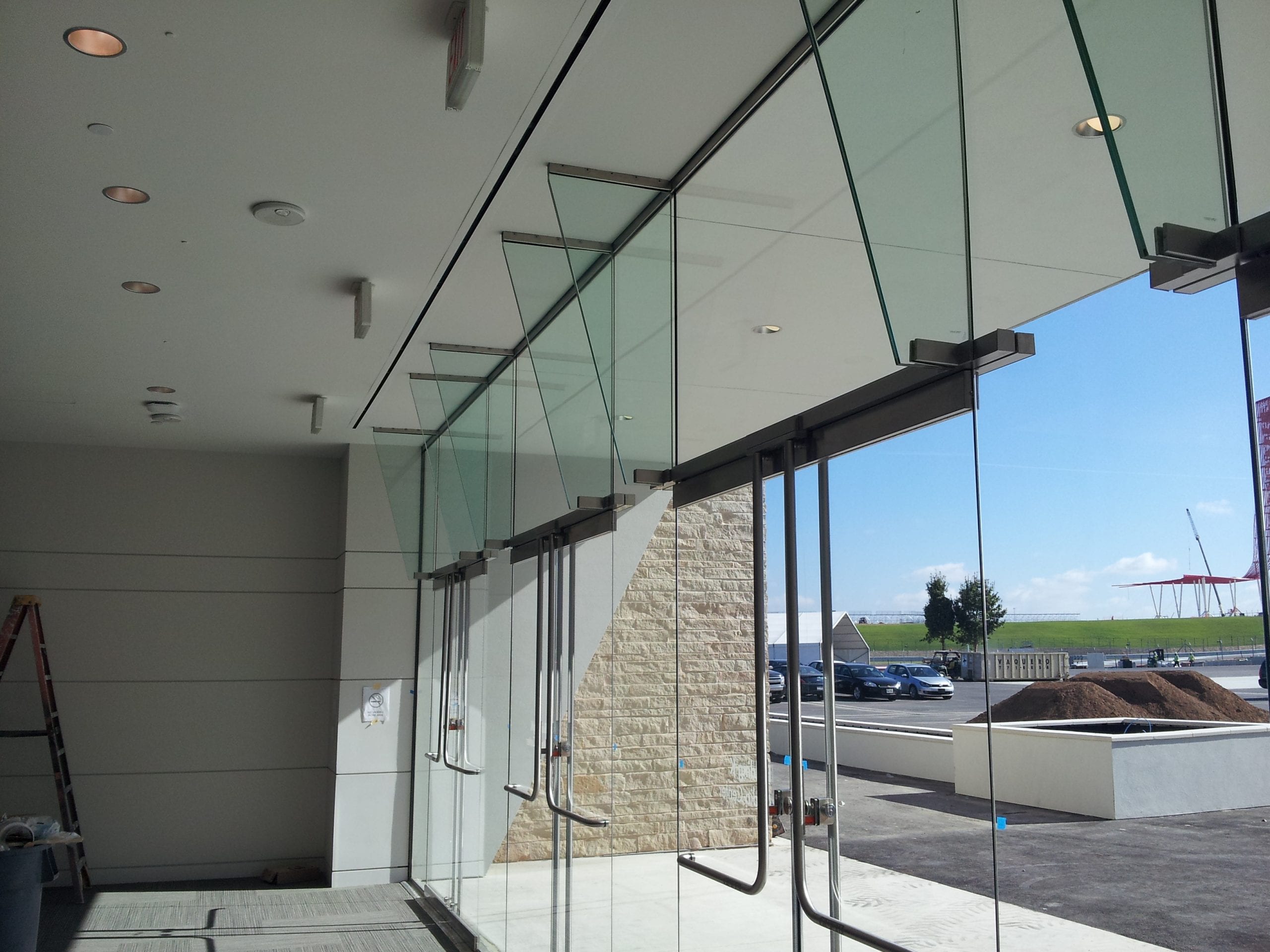
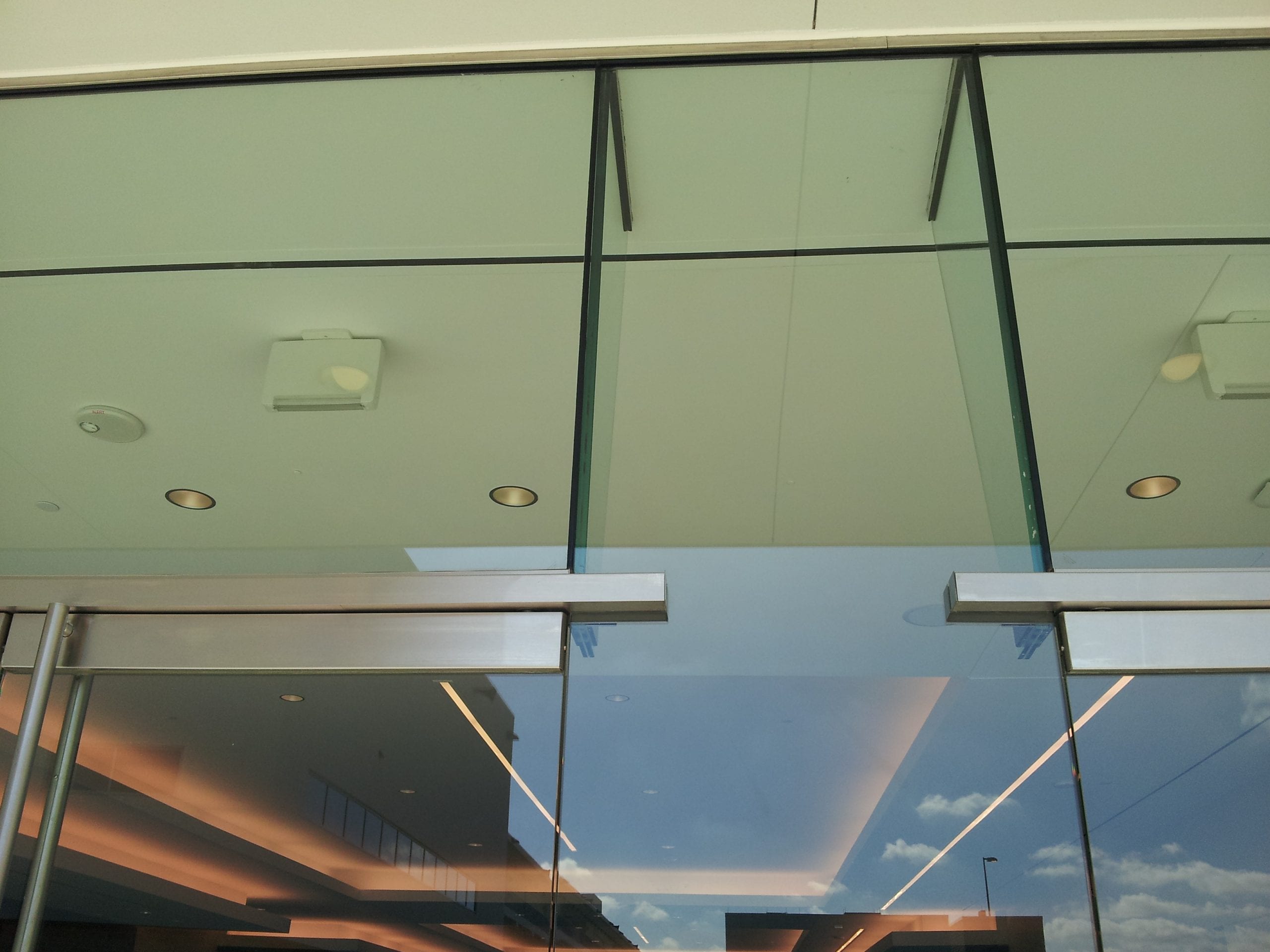
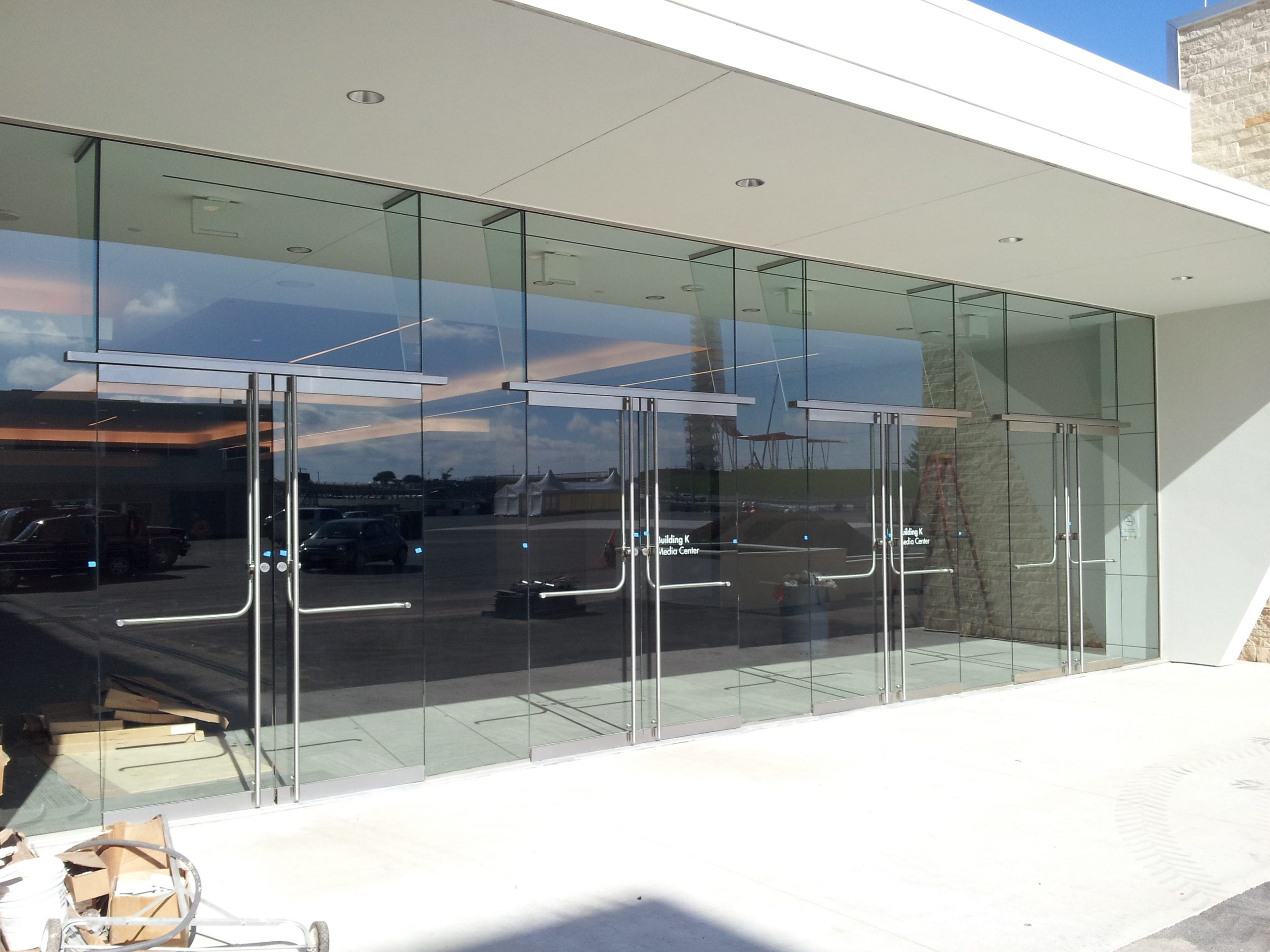
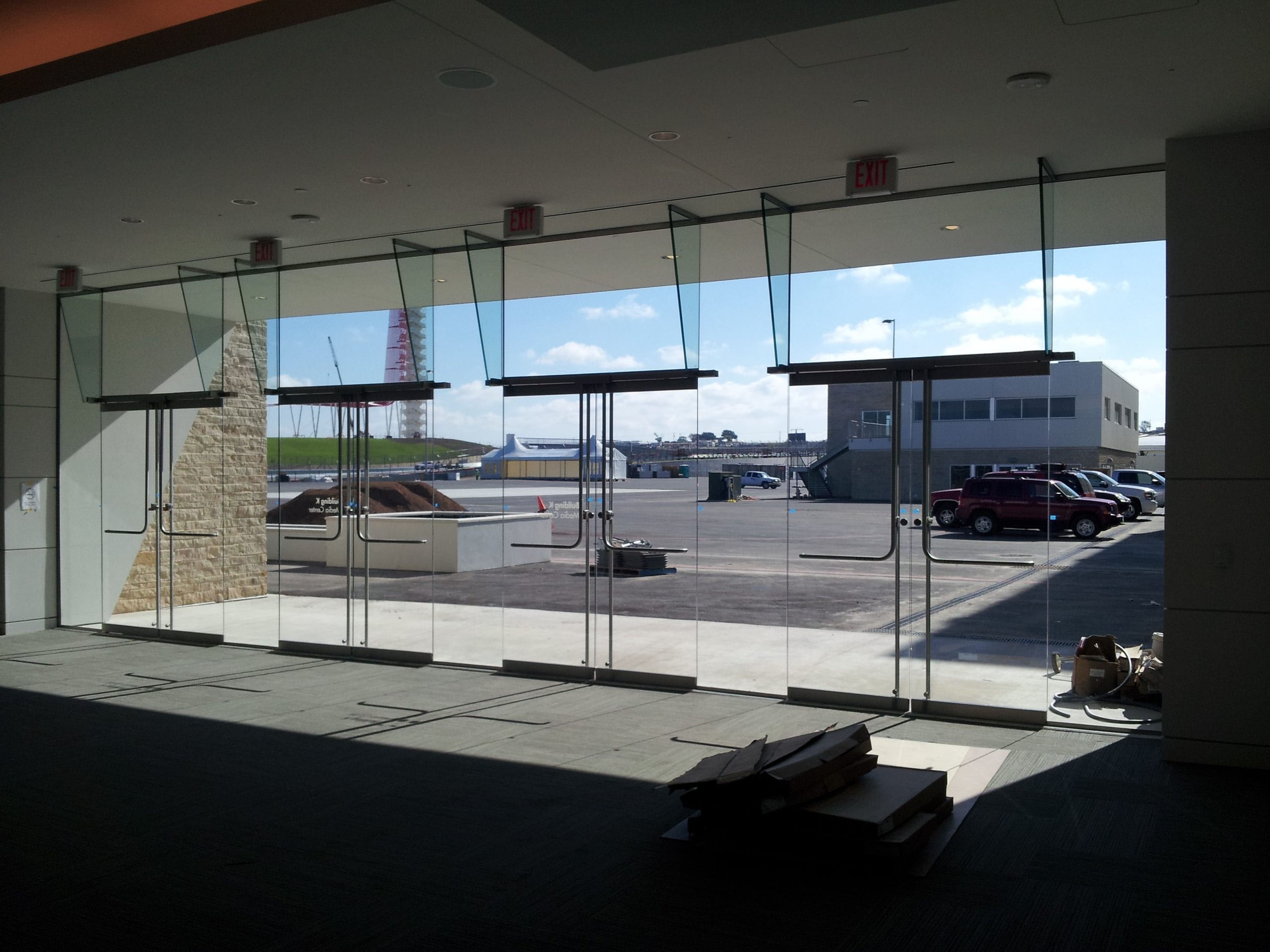
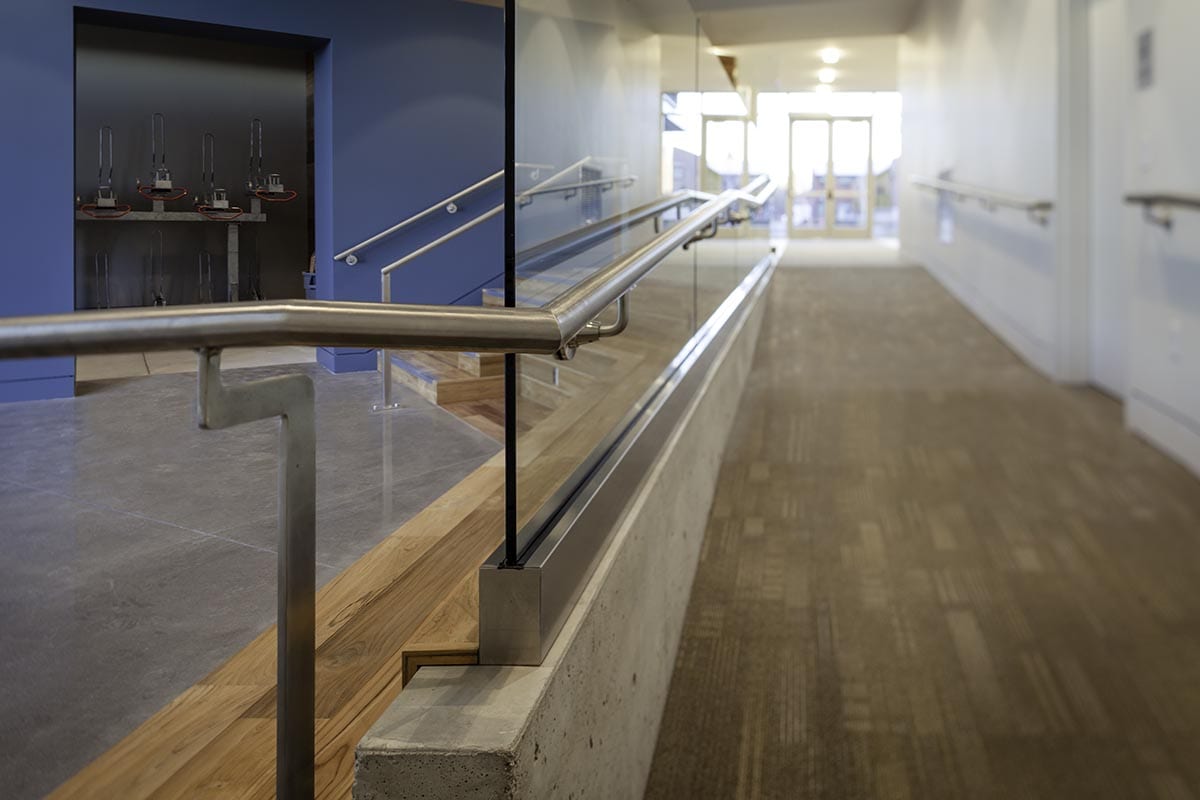
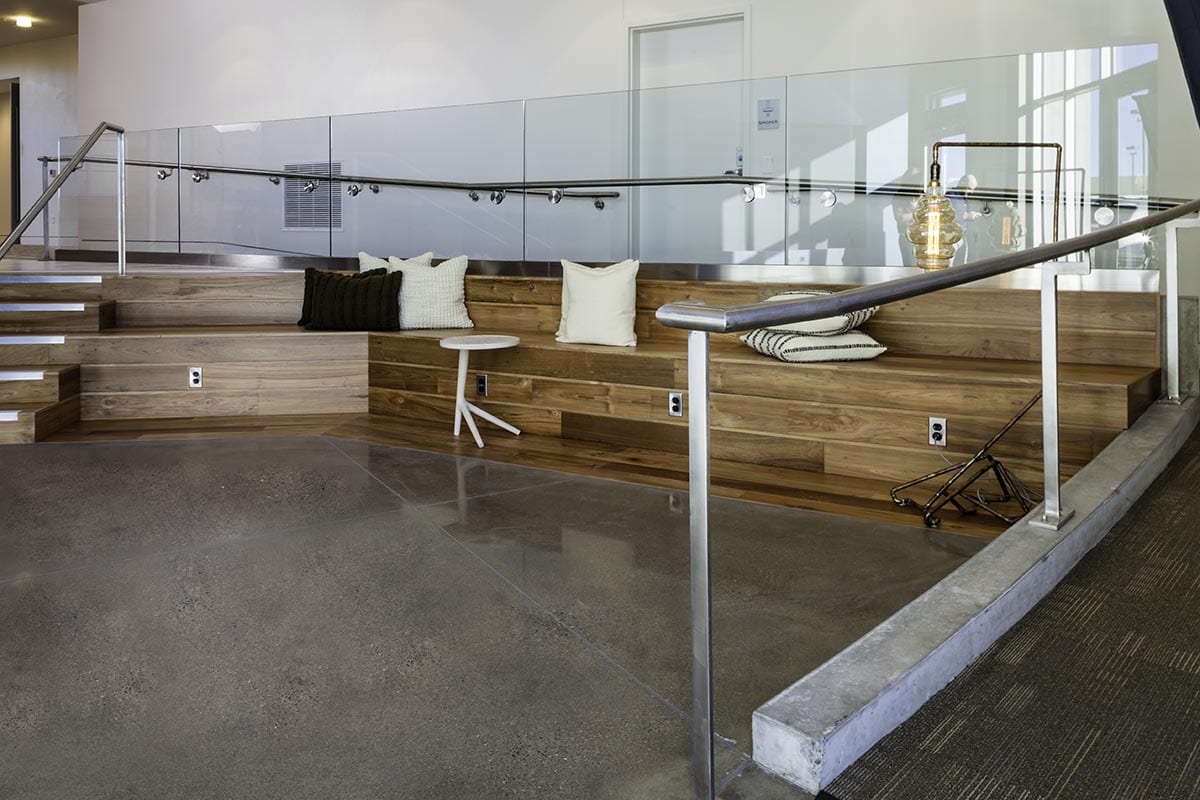
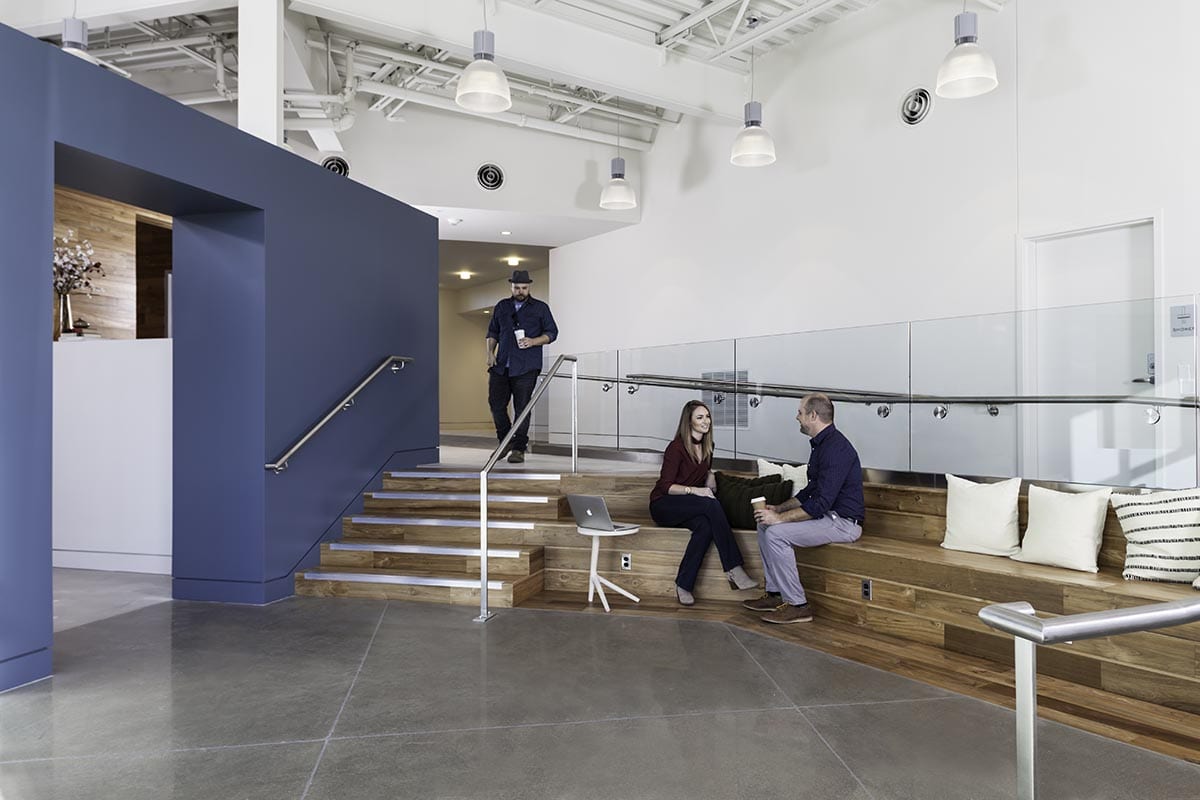

 1-800-552-2227
1-800-552-2227


